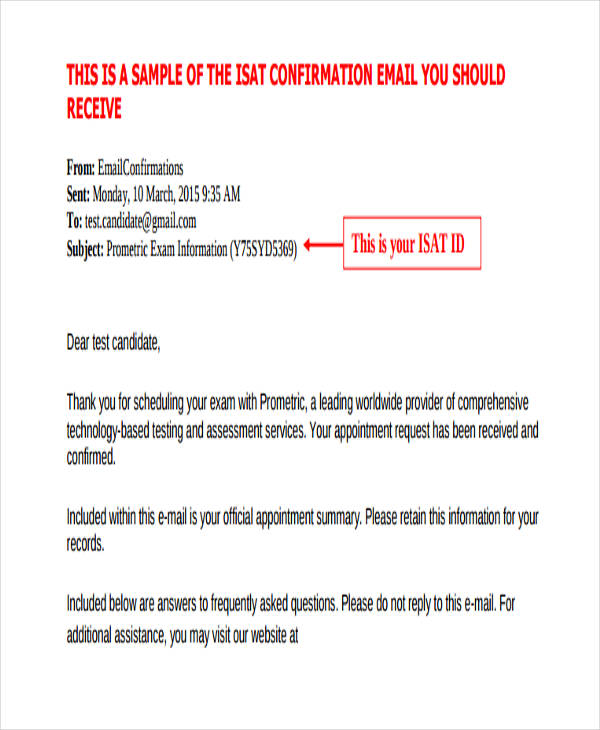Ever found yourself tangled in the complexities of business jargon? You’re not alone! One concept that often raises eyebrows is “executing on an attached basis,” especially when it’s tied to receiving confirmations in a business context.
Let’s break it down and navigate through the murky waters of this seemingly dense term.
What Does “Receiving the Confirmation” Mean?
When we talk about “receiving the confirmation,” we’re delving into the world of agreements and contracts. Imagine you’re at a café, ordering a delicious coffee. The barista confirms your order – that’s your confirmation!
In business terms, receiving confirmation often relates to validating transactions, approving agreements, or acknowledging the receipt of documents. It’s like getting a nod that assures you everything is on the right track. Without that confirmation, how would you know if your intentions matched with someone else’s?
What Is Executing on an Attached Basis?
Now, onto the intriguing phrase “executing on an attached basis.” This sounds more like legalese, doesn’t it? In simpler terms, executing on an attached basis means that once you receive confirmation—think of it like a green light—you can proceed with a specific action while being bound by the terms attached to that confirmation.
Picture this: you got that thumbs up from your partner to start a project. You’re attached to the obligations outlined during that discussion, right?
Why Is This Important?
You might wonder, why do we need this clarity? Think about construction contracts. If a contractor receives a confirmation from a client to start work, executing on an attached basis means they must adhere to the project timeline and specifications previously agreed upon.

The confirmation document acts as a safety net, ensuring that everyone involved knows their roles and responsibilities. It reduces misunderstandings and sets clear expectations, just like a map for a road trip!
The Process of Execution
So, how does one execute on an attached basis? The process typically starts with receiving written confirmation—whether that’s an email, a signed document, or any verified acknowledgment. After that, it’s time to roll up your sleeves and get to work!
Here’s a quick run-through: Make sure all parties are aware of the attachments, set milestones, and keep communication lines open. Think of it as passing the ball in a team sport – you want to ensure everyone knows when it’s their turn to step up!
Common Scenarios
You might be scratching your head, wondering where this applies in real life.
Let’s explore a few scenarios.
Real Estate Transactions
In the realm of real estate, when a buyer receives confirmation of an accepted offer, executing on an attached basis signifies that they are now responsible for all terms set forth in the agreement, be it financing, inspections, or deposit schedules.
Employment Agreements
Moreover, consider employment contracts.
A candidate who receives a confirmation letter is now bound to execute tasks and adhere to responsibilities as defined in their job description—akin to being handed a playbook!
Conclusion
Receiving the confirmation and executing on an attached basis might seem like mere bureaucratic language at first but encapsulates a world of meaning in business operations.
It touches on trust, accountability, and clarity, helping various parties navigate complex agreements.
So, the next time you come across this phrase, you’ll know it’s not just a mouthful but a pivotal aspect of executing agreements smoothly.
FAQs
What happens if confirmation isn’t received?
If confirmation isn’t received, it’s typically best practice to hold off on executing any actions. Without confirmation, you lack the clear agreement necessary to proceed.
Can the terms attached be changed later?
Yes, terms can be modified, but it usually requires mutual agreement and possibly a new confirmation process to ensure all parties remain on the same page.
Is this concept only applicable to businesses?
Not at all! While common in business contexts, this idea can apply to personal agreements, such as loans between friends or family, where confirmation and execution of terms are needed.
What if one party fails to meet their obligations?
Failure to meet obligations may lead to disputes. It’s important to document everything clearly and maintain open communication to address any issues promptly.
How can I ensure effective communication in these situations?
Always keep detailed records of communications, clarify each party’s roles, and check in regularly. It’s much easier to avoid misunderstandings when everyone’s in the loop!
